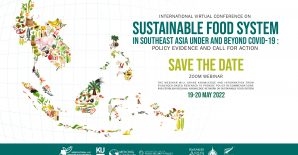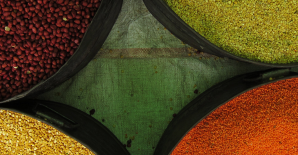Although Papua New Guinea (PNG) has rich mineral deposits and increasing exports of natural gas and other natural resources, a large share of the rural population is unable to tap into these resources. The rugged terrain, extreme climate, and limited transportation infrastructure has left much of the rural population, comprising 89 percent of the total population, often in remote locations with limited opportunities to take advantage of PNG’s economic resources. In addition, data on rural household production systems and economic conditions in PNG is limited, impeding development efforts for the last decade. This paper presents recently collected data from a rural household survey in PNG, including detailed consumption and expenditure data, to explore poverty prevalence and vulnerability in selected rural areas. The paper evaluates food production and consumption patterns within the survey areas and calculates area-specific poverty lines.
The results suggest that approximately half of the survey sample have total consumption expenditure below the poverty line. The rural diet is heavily dependent on starchy foods and a large share of the sample has insufficient protein intake per capita. The authors suggest four potential ways to improve overall welfare:
- Identify measures to increase agricultural production and improve resilience to climate shocks;
- Increase investments in education to support rural to urban migration and non-farm job growth;
- Seek opportunities to enhance migration out of rural areas. Households that reports having a member that has migrated is associated with significantly greater per capita total expenditure and are an important factor to overall rural household welfare.
- Reduce the number of household dependents. Access to cultivable land is one of the most important assets of rural inhabitants, and is strongly and positively correlated with per capita total expenditure. However, high population growth within PNG is limiting land expansion opportunities.
Given that approximately 80 percent of the population in PNG is dependent on rain-fed, subsistence agriculture, rural data collection and analysis to inform policy priorities and development investments are critical to ensure economic viability and food security. This paper presents the most recent poverty analysis in PNG in nearly a decade and a renewed effort to better inform development priorities for the country’s rural population. You can read the full paper here.



